


All Fire Alarm Systems essentially operate on the same principle. If a detector detects smoke or heat or someone operates a break glass unit (manual break point), then alarm sounders operate to warn others in the building that there may be a fire and to evacuate. It may also incorporate remote signaling equipment which would alert the fire brigade via a central station.
Fire Alarm Systems can be broken down into few categories:
Conventional Fire Alarm System
In a Conventional Fire Alarm System, a number of call points and detectors are wired to the Fire Alarm Control Panel in Zones. A Zone is a circuit and typically one would wire a circuit per floor or fire compartment. The Fire Alarm Control Panel has a number of Zone Lamps. The reason for having Zones is to give a rough idea as to where a fire has occurred. This is important for the fire brigade and of course for the building management. The accuracy of knowing where a fire has started is controlled by the number of Zones a Control Panel has and the number of circuits that have been wired within the building. The Control Panel is wired to a minimum of two sounder circuits which could contain bells, electronic sounders or other audible devices. Each circuit has an end of line device which is used for monitoring purposes.
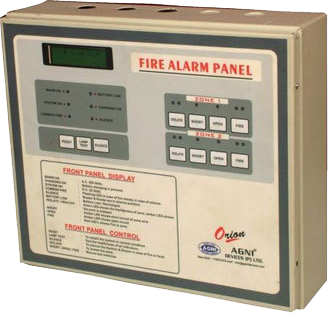
STANDARD FEATURES
Heat detectors
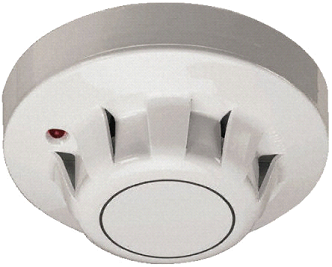
Both types are suitable for inclusion in open, closed or line monitored systems.
Smoke Detectors

There are three basic types operating by ionization, light scattering and light obscuring.
Ionisation
These generally contain two chambers. One is used as a reference to compensate for changes in ambient temperature, humidity or pressure. The second contains a radioactive source, usually alpha particle, which ionizes the air passing through the chamber where a current flows between two electrodes. When any of the products of combustion enters the chamber the current flow decreases. This drop is used to initiate an alarm.
Light obscuring
In the obscuring type the smoke interferes with a light beam between a light source and photo cell, the variation in photo cell output being used to initiate an alarm. This type of detection can be used to protect large areas with the source and photo cell positioned some distance apart.
Light scattering
The light scattering detector operates on the Tyndall effect, a photo cell and light source are separated from each other by a darkened chamber such that the light source does not fall on the photo cell. The passage of smoke into the chamber causes the light from the source to be scattered and fall on the photo cell, the cell output being used to initiate an alarm.
The light scattering and light obscuring detectors both, detect visible smoke. The ionization detector and light scattering detector are normally each a single unit suitable for BESA conduit box mounting. In some models the smoke detector head is attached to the main body by a bayonet fixing for easy removal for maintenance or replacement. It should be noted that some detectors are suitable for two-wire circuits whereas others require three or four wire connections. Smoke detectors require a continuous power supply. Under quiescent conditions they draw a current of some 100 micro amps, and under alarm conditions, some 45 milliamps. This needs to be borne in mind when sizing the power supply. Smoke detectors generally operate on 24 d.c. Refer to British Standard Codes of Practice and manufacturers literature for information regarding the positioning of smoke detectors. Detectors are not suitable for positioning in kitchens, near fireplaces or areas with excessive exhaust fumes, or within 2m of air supply ducts or diffusers.
Multi sensor detector
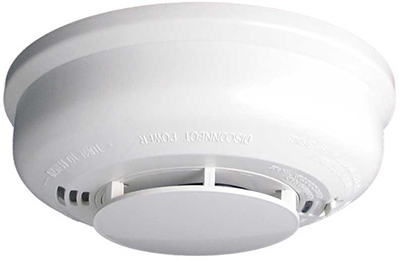
This detector combines inputs from optical and heat sensors and processes them using a sophisticated algorithm. When polled by the control panel it returns an analogue count which is determined by combined responses from both optical and heat sensors. They are designed to be sensitive to a wide range of fires and may be used in place of an ionisation detector in many instances.
Operating principles
Signals from the optical smoke chamber and temperature sensor are independent, and represent the smoke level and air temperature respectively in the vicinity of the detector; the detector’s micro controller processes both signals. The temperature signal processing extracts only rate of rise information for combination with the smoke signal. The detector will not respond to slow increases in temperature but a large sudden change can cause an alarm without presence of smoke, if sustained for 20 seconds. The processing algorithms in the multi-sensor incorporate drift compensation.
Points to consider
Manual Call Points
A Break Glass Call Point is a device which enables personnel to raise the alarm by breaking the frangible element on the fascia. They should be mounted 1.4m from the floor and sited where they can be easily seen. Manual Call Points should be sited on the floor landings of stairways and at exits to open air. It should be noted that Call Points should be fitted on the floor side of an access door to a staircase so the floor of origin is indicated at the Control Panel. Extra points should be sited, where necessary, so that the greatest travel distance from any point in the building to the nearest call point does not exceed 30m. A greater number of Call Points may be needed in high risk areas or if the occupants are likely to be slow in movement. Flameproof call points are available, also handle operated points for use in areas where broken glass may cause a hazard.

Points to consider
Alarm Sounders :
AD – 502 SOUNDER
The Electronic sounder is designed for use within fire alarm systems, security systems and industrial signaling systems. It provides an audio warning which is suitable for place which needs audio indication.
FEATURES :
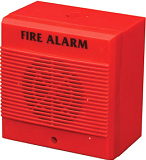
AD - ES F1 SIREN CUM STROBE
Features:
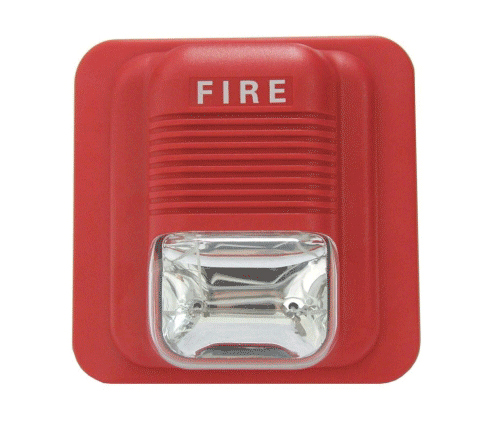
AD – 01 AUTO DAILER

FEATURES :
Analogue Addressable Fire Alarm Systems
Analogue Addressable Fire Alarm Systems are often known as Intelligent Fire Alarm Systems. There are several different types of Analogue Systems available which are determined by the type of protocol which they use. The bulk of standard Analogue Detectors available are fairly stupid as the Detectors can only give output signals representing the value of detected phenomena. It is left up to the Control Unit to decide whether there is a fire, fault, pre-alarm or other. With a true Intelligent Analogue System each detector effectively incorporates its own computer which evaluates the environment around it, and communicates to the Control Panel whether there is a fire, fault or the detector head needs cleaning. Essentially Analogue Systems are far more complex and incorporate far more facilities than Conventional or Addressable Systems. Their primary purpose is to help prevent the occurrence of false alarms. With the Analogue Addressable System, up to 127 input devices i.e.: Smoke Detectors, Call Points, Heat Detectors, Contact Monitors and other interface devices may be wired to each detection loop. In addition to the 127 Input Devices, up to 32 Output Devices such as Loop Sounders, Relay Modules and Sounder Modules may be connected. Analogue Systems are available in 2, 4 and 8 loop versions which means large premises can be monitored from one single panel. Isolator units should be connected between sections of detectors as described for Addressable Systems.

Fully approved to EN54 parts 2 & 4 by the Loss Prevention Certification Board, the XFP Range of networkable analogue addressable fire alarm control panels offers high performance at a competitive price. Available in two different versions (a cost-effective single loop 16 zone panel supplied in a plastic enclosure and a robust 1 or 2 loop 32 zone metal panel), the range offers an array of user and installerfriendly features.
Key Features
Addressable Detectors :
Multisenor Detecotrs :
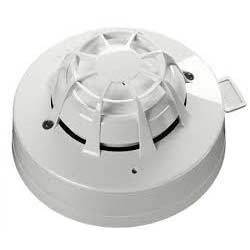
The Context Plus XP95 multisensor detector contains an optical smoke sensor and a thermistor temperature
sensor whose outputs are combined to give the final analogue value.
The multisensor construction is similar to that of the optical detector but uses a different lid and optical mouldings to accommodate the thermistor temperature sensor. The sectional view (below) shows the arrangement of the optical chamber and thermistor.
The signals from the optical smoke sensing element and the temperature sensor are independent, and represent the smoke level and the air temperature respectively in the vicinity of the detector. The detector’s microcontroller processes the two signals. The temperature signal processing extracts only rate of rise information for combination with the optical signal. The detector will not respond to a slow temperature increase – even if the temperature reaches a high level. A large sudden change in temperature can, however, cause an alarm without the presence of smoke, if sustained for 20 seconds.
The processing algorithms in the multisensor incorporate drift compensation. The control panel must not have a drift compensation algorithm enabled.
The sensitivity of the detector is considered the optimum for most general applications since it offers good response to both smouldering and flaming fires.Note: In situ testing of the multisensor should be carried out as for smoke detectors.
Optical Smoke Detectors:

The Context Plus XP95 optical detector uses the same outer case as the ionisation smoke detector and is distinguished by the indicator LED which is clear in standby and red in alarm. Within the case is a printed circuit board which, on one side, has the light proof labyrinth chamber with integral gauze surrounding the optical measuring system and, on the other, the address capture, signal processing and communications electronics.
An infrared light emitting diode within its collimator is arranged at an obtuse angle to the photo-diode. The photo-diode has an integral daylight-blocking filter.
The IR LED emits a burst of collimated light every second. In clear air the photodiode receives no light directly from the IR LED because of the angular arrangement and the dual mask. When smoke enters the chamber it scatters photons from the emitter IR LED onto the photo-diode in an amount related to the smoke characteristics and density.
Temperature Detectors:
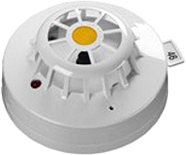
Context Plus XP95 temperature (heat) detectors have a common profile with ionisation and optical smoke detectors but have a low air flow resistance case made of self-extinguishing white polycarbonate. They monitor temperature by using a single thermistor network which provides a voltage output proportional to the external air temperature.
The response to temperature increases of the standard temperature detec tor (part no: 55000-400IMC) enables the detector to be utilised as an EN54 Grade 2 heat detector.
To provide a device for use in ambient temperatures of up to 55°C, a high temperature detector (part no: 55000-401IMC) is also available. This has similar characteristics to the standard temperature detector at 25°C but reaches a 55 count (alarm) at 90°C.
Addressable Sounder:
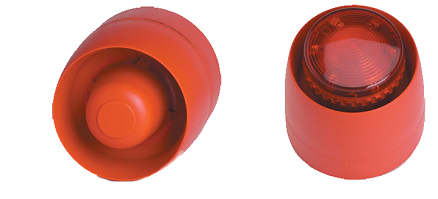
Designed to sit on the Context Plus loop, the addressable Vantage horn sounder offers the following features:-
Straightforward DIL switch addressing
IP43 rated shallow and IP65 rated deep base versions are available.
Waterproof Manual Call Point:
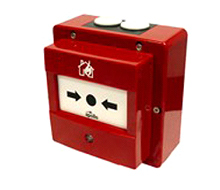
The Context Plus Waterproof Manual Call Point has an IP67 rating and is intended for outdoor applications or areas where water and dirt are a problem. It incorporates a short circuit isolator which will ensure its operation in the event of a short circuit fault on the loop.
The Call Point is surface mountable and has an easily resettable element rather than a break glass. It also features a unique ‘Plug and Play’ installation concept designed specifically to reduce installation time. The call point utilises a terminal block, where all installation cabling is terminated.
Its address is set at the commissioning stage by means of a seven-segment DIL switch. A single bi-coloured alarm LED is provided which is controlled independently of the call point by the control panel. The LED is illuminated red when the call point has been activated and amber/yellow to indicate a short circuit.
Once activated, the Call Point can be reset by inserting the test key into the bottom of the unit until the key clicks into position, next remove the test key and push the front cover up until it clicks home.
Wireless Fire Alarm System
Wireless fire alarm systems are an effective alternative to traditional wired fire alarm systems for all applications. They utilise secure, licence-free radio communications to interconnect the sensors and devices (smoke detectors, call-points, etc.) with the controllers. It is a simple concept, which provides many unique benefits and is a full analogue addressable fire detection system without the need for cable.
Exceptional Features:
COMPARISON OF WIRELESS WITH WIRED FIRE ALARM DETECTION SYSTEMS
999 zone control panel :
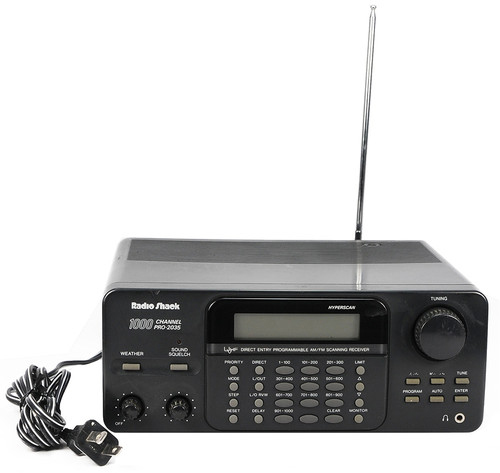
FEATURES :
Emitter cum sounder wireless:
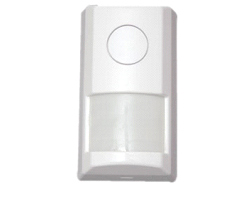
FEATURES :
Heat Detector Wireless:
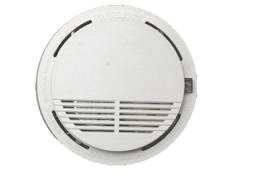
FEATURES :
Remote Key Fob:
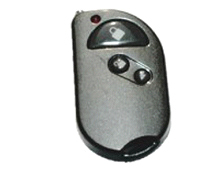
FEATURES :